Text
More the consider though…
https://besjournals.onlinelibrary.wiley.com/doi/10.1111/1365-2656.13973
vegans make peace with honey
no shut up do it
351K notes
·
View notes
Text

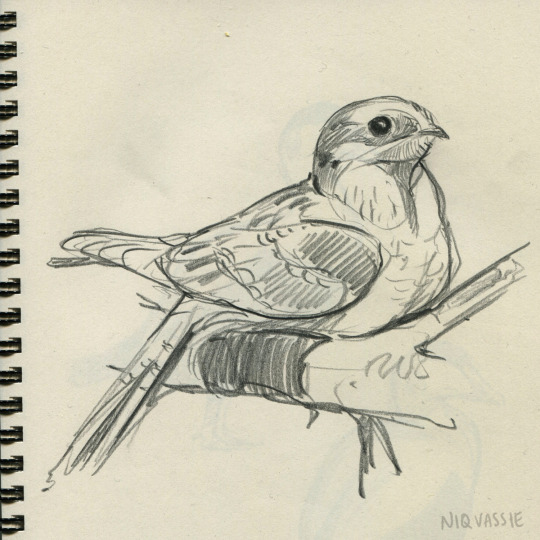
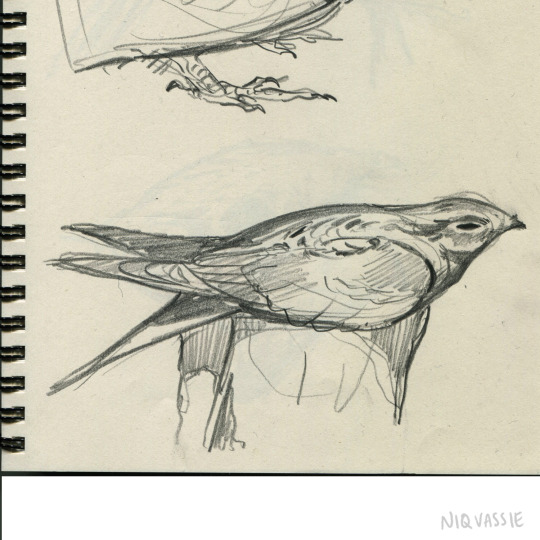
5-10 min nightjar studies to help me with a book illustration i was working on. Such beautiful and weird birds!
3K notes
·
View notes
Text
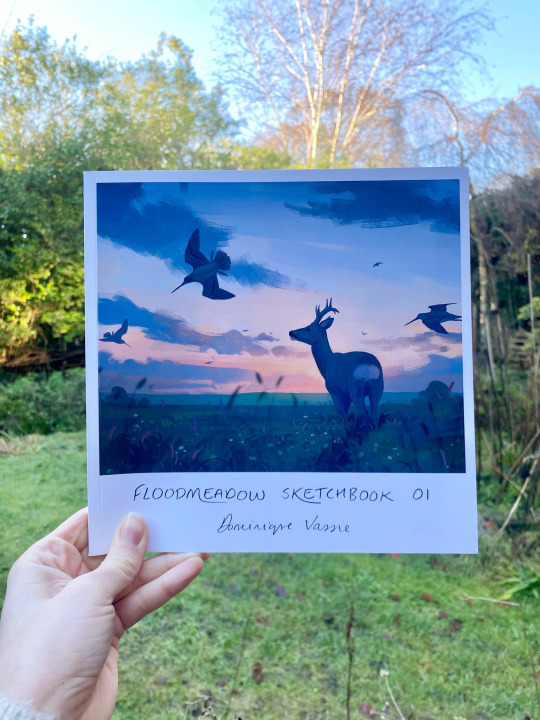


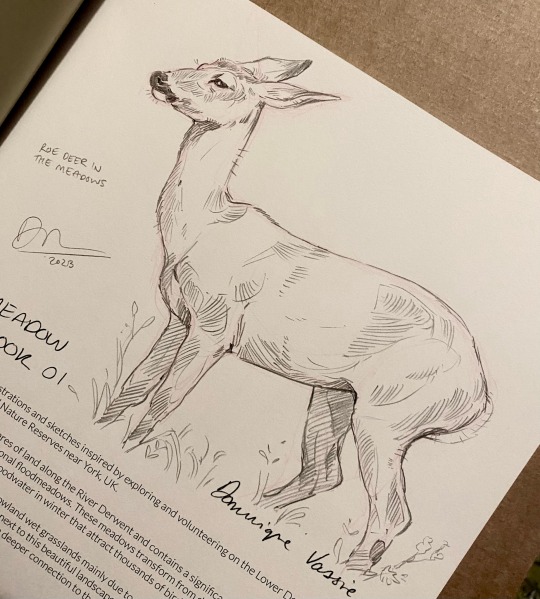
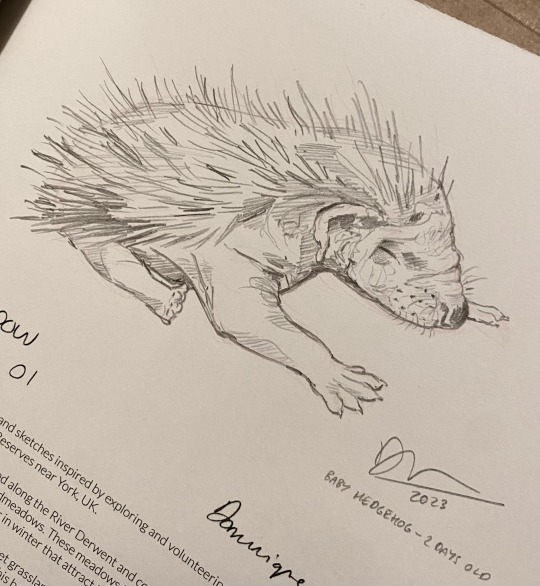

Hello! My online shop is finally open again this week, until end August 24th (UK time).
I still have copies of all three of my books plus riso prints, postcards and stickers. And options for original animal drawings in any of the books!
Thank youuu, very grateful for all the ongoing support on here ❤️🌱✨
474 notes
·
View notes
Text
I absolutely love this.

@ms-cellanies @nuggsmum @ourladybinxthings @alexakeyloveloki @booksandcatslover @dangertoozmanykids101 @fairlightswiftly @feelmyroarrrr @wolfsmom1 @inkededucatednnerdy @messy-insomniac-bookgirl @lokihiddleston @lolawashere @kaogasm and all not got my list
1K notes
·
View notes
Photo

Dusk at Ulster Heights Wetlands by Gerald Berliner
50K notes
·
View notes
Text
Indoor Cats: Leashes
Leashes for the Cat Enrichment Masterpost

While allowing cats to free roam can be done with supervision, unlike most dogs, cats can be difficult to recall and if they escape beyond an owner’s ability to recover them, the chances of them being found and safely returned are very slim because folks that see a cat out currently assume it’s supposed to be out (another good reason to turn away from unsupervised cats outside… less lost cats that never come home).
Instead, it is becoming increasingly common for owners to train their cats to a harness and leash (or lead) in order to allow them to safely experience some outdoor time, as well as facilitate bonding; cats trained to a harness and leash often learn to associate the items and the person carrying it with the enjoyable experience of going outside.
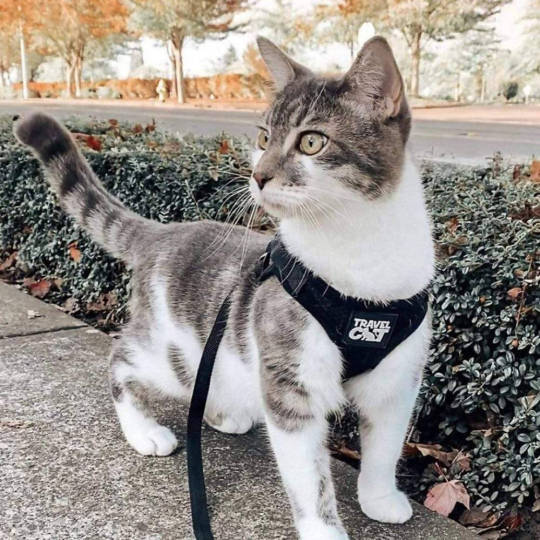
This does not necessarily mean that your cat will enjoy the leash immediately. It takes time for an association to be formed, and repeated exposure and consistency are often the key. Patience is also a virtue in this endeavor, as it is generally recommended to train slowly, by familiarizing them with the harness first and adding the leash later.

There are many good guides out there on how to train your cat to use a leash, but I will direct you first toward adventurecats.org. They are also home to a wealth of articles pertaining to gear choices and taking your cat on an adventure/traveling etc. Chewy also has a guide, as does the cat behaviorist.com. There are also plenty of video guides online that show examples. Do some exploring! Familiarize yourself with the process and the idea behind the process before expecting your cat to go through it.
The other thing to be aware of is that there are DOZENS of types of harnesses. Some cats will take the easiest one and do great. Others are escape artists and require a more secure harness. Because cats have such a huge variance in body type, a harness that comfortably fits one cat may not fit the next one. How the leash attaches and where it pulls comfortably on one cat may not suit another. You may have to do some trial and error to find a leash that works for your cat, so don’t abandon all hope if it doesn’t work immediately on the first try.
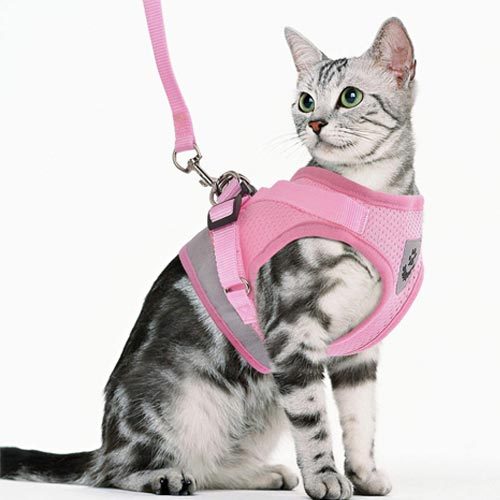
Here’s one made for harness escape artist cats:
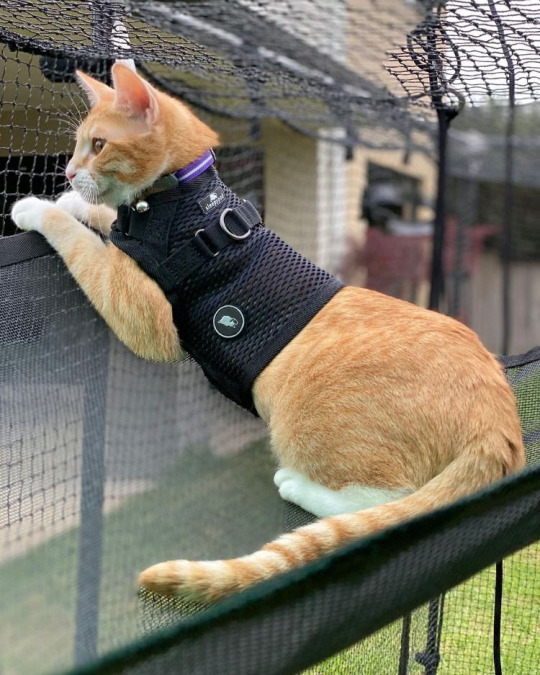
Lead training can also lead to socialization. A lot of folks tend to think of wolves as pack animals and cats as solitary loners, when in fact many cats - including housecats - enjoy being part of a pride or colony. In your home, you become the cat’s family, but while humans spend a lot of time socializing dogs to be friendly to folks outside of their family, cats generally get the short end of the stick because they either don’t leave the house or they leave the house unsupervised and thus have no opportunity to be purposefully exposed to socialization.
A harness and leash can change that, particularly for kittens! Taking your cat out on a leash can help you to take them to various places and maintain control over them the way you would a dog, which can familiarize them with new stimuli and make them overall less prone to stress when there’s a change, as well as help them to be more outgoing toward people because they won’t be as afraid of meeting new ones. It can also make it less scary for things like going to the vet, something a lot of cat owners struggle with because car rides = scary and new places = scary and new people = scary. But that can be way less true if they’re trained early on to use a leash and come visit new places and people while leashed. Now it’s just a new adventure the two of you can share!
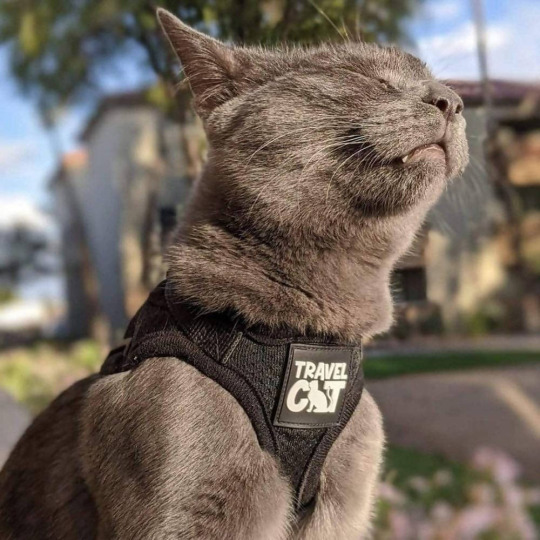
And I have to share one last leash photo, which is technically an accessory to transporting your cat around so you can use your leashes… the cat backpack! They actually have one that, if I understand it correctly, can be reversed around to turn into a cat cave/bed for a nice little hide while camping/adventuring.
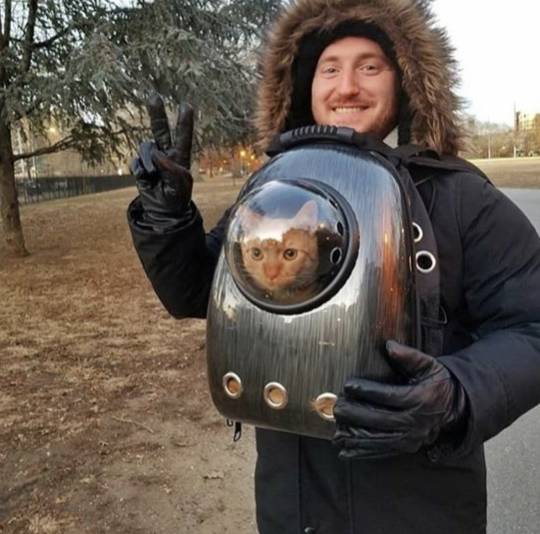
Previous: Catios | Next up: Grass Loungers
5K notes
·
View notes
Text
Honestly the biggest disappointment I had researching ABC was that medieval authors did not, in fact, see the creatures they were describing and were trying their best to describe them with their limited knowledge while going “what the fuck… what the fuck…”
215K notes
·
View notes
Text
A jellyfish might not be what you think of when it comes to Alaskan wildlife, but spotting this little red-eyed Medusa jellyfish was one of the highlights of my time on the pacific coast. There’s something so mesmerizing about the way these animals move in the water and I feel like their gracefulness is highly underrated!
The red ocelli (eyespots) that you can see around the base of the bell are light sensitive, which allows the jelly to orient itself. It feeds on benthic zooplankton, small crustaceans, and worms. Isn’t it adorable how this little one boops the surface of the water with their bell?
318 notes
·
View notes
Text

Gardening Which magazine, Jan 2021 (UK publication)
Beekeeping could damage wild bees
Research has found that honey bee colonies kept by beekeepers in cities harvest so much nectar and pollen that there's little left to sustain wild bees. According to RBG Kew's State of the World's Plants and Fungi report, there isn't sufficient forage to sustain the number of honey bee colonies, let alone wild relatives in large areas of central London. Many bees feed only on a few species and so can't swap to other plants, while honey bees also risk infecting wild populations with disease.
The entire report is free to read as an online PDF.
My takeaway from this is that urban dwellers shouldn't underestimate the impact of their gardening efforts. Bees need flowers, so get planting, sowing, campaigning, going guerilla...
Flowers for cities!
135 notes
·
View notes
Text
enamored by the singular corn kernel that fell down the grate in the back room of my work where we wash all the sequipment (seed equipment) and immediately started growing on a little pile of sand that fell down there too and now it’s like 6 inches tall poking one of its leaves through the slats
31K notes
·
View notes
Text
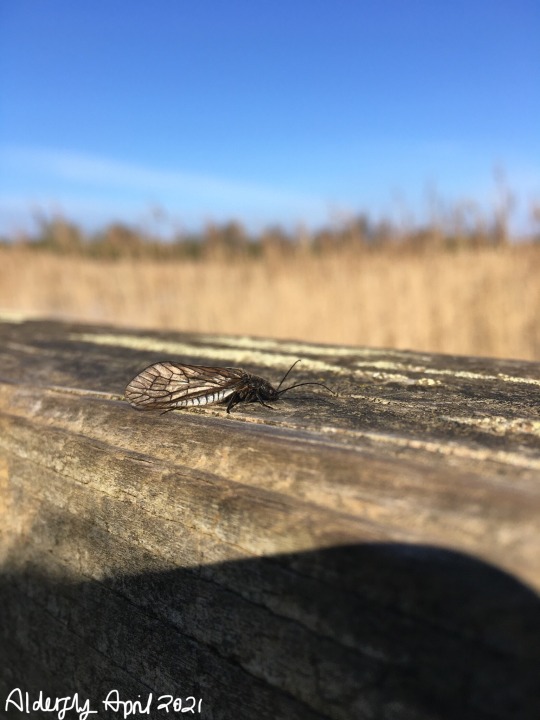
Alder fly, April 2021
0 notes
Note
A crossword magazine told me that "... Giraffes don't have vocal cords". Idk why the ominous ellipsis was necessary, but they put it there
the crossword was lying to you, giraffes actually DO have vocal chords! that fact is an old wives tale that spread around because giraffes are a pretty quiet bunch. but they’re just the strong and silent type.
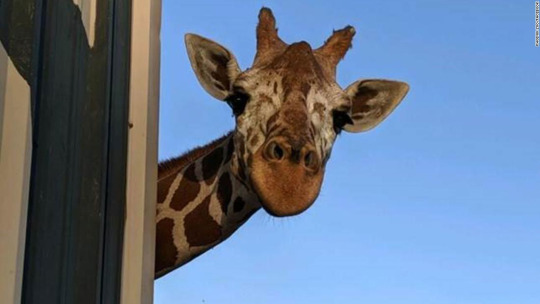
giraffes have a larynx the same as other ungulates, which they occasionally use to bleat, honk, chortle, chorble, and.... make a horrifically ominous humming noise at night. look, there’s your cursed fact right there.
(horror movie sounds-effect humming starts at 0:23)
youtube
22K notes
·
View notes
Text
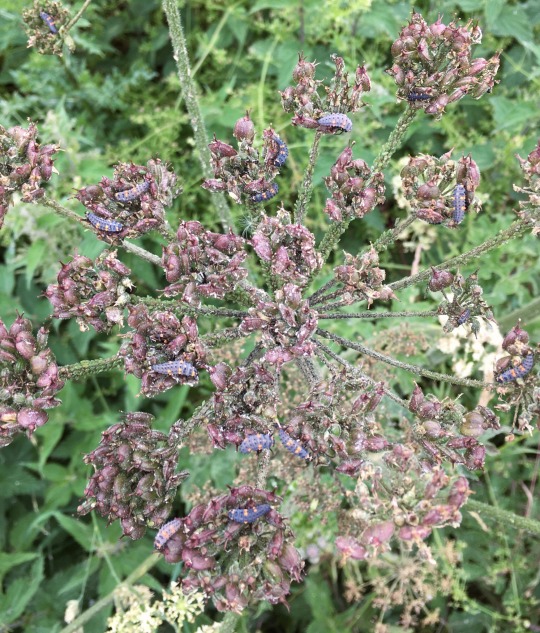
Ladybird larvae on the seed-head of some kind of carrot-family plant
0 notes
Text

Comfrey
The main ID feature of common comfrey is seen on the stem... Did I take a picture of the stem? no I did not. Did i learn this fact completely coincidentally mere hours after taking the photo? yes I did. So this may or may not be common comfrey. I’ll try not to let the dreadful mystery fester away at me...
#wildflowers#nature#phone photography#uk nature#identification#flowers#plants#purple#green#plants for pollinators#bee plants
0 notes
Text
A beetle is trying to get that massive ectoparasite (ectoparasite: parasite that’s on external body surfaces) off their leg but it is not happening for them today. I want to know more about what on earth is happening here. Like what evolution led to that parasite bug having such interesting-looking hind legs.
The plant is called cleavers.
0 notes
Photo

#19 Enormous - Chinese giant salamander
3K notes
·
View notes
